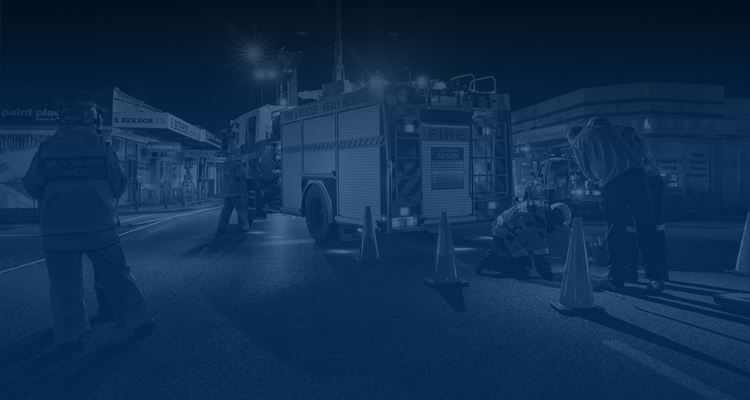Western Australians urged to prepare for cyclones
Western Australians are urged to be aware of cyclone risks in WA’s North, with an expected increase in intrastate tourism over summer likely to see more people in high-risk areas.

The Bureau of Meteorology's Tropical Cyclone Outlook for the 2020-21 season, released today, predicts an ‘average to above average’ number of cyclones during the Wet Season, which typically extends from November to April.
Tropical cyclones pose a significant risk to property and lives, bringing strong winds, heavy rainfall, flooding and storm surges and can impact anywhere from the Kimberley to the Midwest-Gascoyne.
Department of Fire and Emergency Services Deputy Commissioner Operations Craig Waters is urging all Western Australians to prepare for cyclones, particularly those who may have travel plans for the summer holidays.
“Last season Tropical Cyclone Damien brought destructive winds up to 194km/h, torrential rain, flooding and dangerous storm tides that caused people to relocate, businesses to shut down, damage to buildings and road closures in the North West,” Deputy Commissioner Waters said.
“We are preparing for the potential of more intrastate visitors to cyclone-affected regions so tourists need to have an emergency kit ready, stay up-to-date with weather forecasts and check the Emergency WA website regularly for alerts and warnings.
“The wet season can bring a lot of rain, with localised flooding common. I can’t stress enough the importance of never driving through floodwaters – getting to your destination quicker is not worth putting your life at risk.
“People travelling inland should also take note of potential flooding risks created by tropical lows, which often produce heavy rainfall and fast-flowing water in rivers and catchment areas.
“Keep an eye on forecasts and the earlier people leave an area that has flooding potential, the better.”
The Bureau of Meteorology's Tropical Cyclone Outlook for the 2020-21 season suggests there will be an average to above average number of tropical cyclones off northwest WA.
With La Niňa now established there is also an increased risk of a cyclone prior to Christmas off northwest WA.
Whilst the outlook provides guidance about whether the season will be more or less active than normal, it is not a good indication of the threat to communities, as it only takes one tropical cyclone to significantly impact a community. Nor does the number of cyclones indicate the severity of any systems that form, or how extensive the rainfall and flooding can be across northern WA.
The Bureau of Meteorology's Senior Meteorologist in Western Australia, Mr. James Ashley, urged residents in northern WA to prepare now and remain vigilant throughout the season.
"Last season, Severe Tropical Cyclone Damien was the most significant system to impact the Karratha area since Severe Tropical Cyclone John in 1999. Damien produced wind gusts of 194 km/h, the strongest recorded at Karratha since Severe Tropical Cyclone Chloe in 1984," Mr. Ashley said.
"This just shows how it only takes one system to significantly affect a community, and that it may be many years between impacts. Last season also highlighted that residents need to remain vigilant of the impacts from tropical lows with Ex Tropical Cyclone Esther producing very heavy rainfall, flooding and isolation across parts of the Kimberley.”
Summary of the Tropical Cyclone Seasonal Outlook for Western Australia:
- ~60% chance of an above average number of tropical cyclones in waters off the northwest coast (average number five).
- Likelihood of around two coastal impacts.
- Significant risk of at least one severe tropical cyclone coastal impact during the season.
More information:
- Alerts and Warnings: emergency.wa.gov.au
- Tropical cyclone warnings and information: bom.gov.au/cyclone
- National Tropical Cyclone Outlook: bom.gov.au/climate/cyclones/Australia
- Tropical Cyclone Knowledge Centre: bom.gov.au/cyclone/tropical-cyclone-knowledge-centre/
- WA rainfall and river conditions: bom.gov.au/wa/flood
- Preparing for cyclones: dfes.wa.gov.au/cyclone
END
Media Contact:
DFES Media and Corporate Communications 9395 9543
Bureau of Meteorology Media and Communications WA (08) 8920 3813

